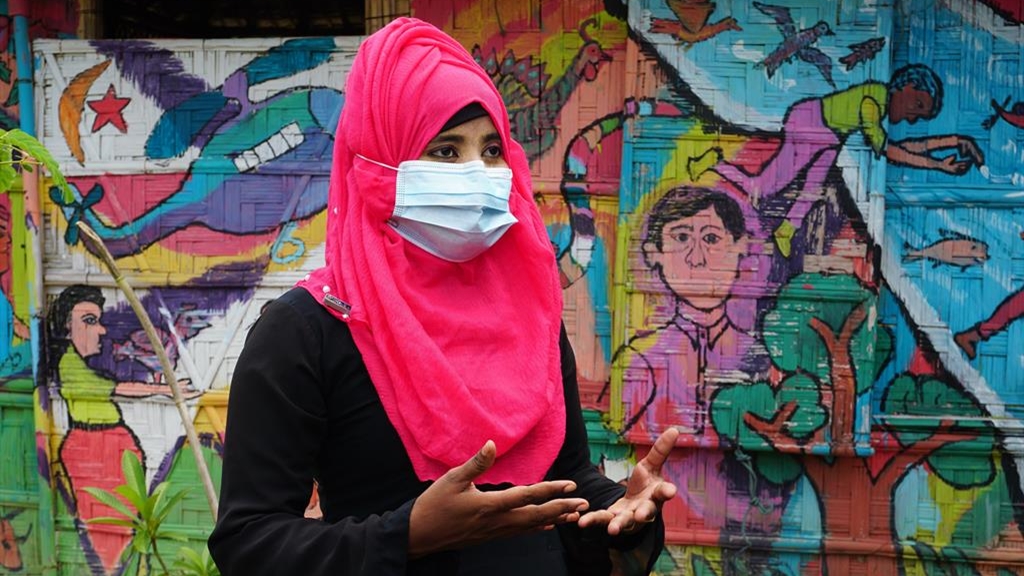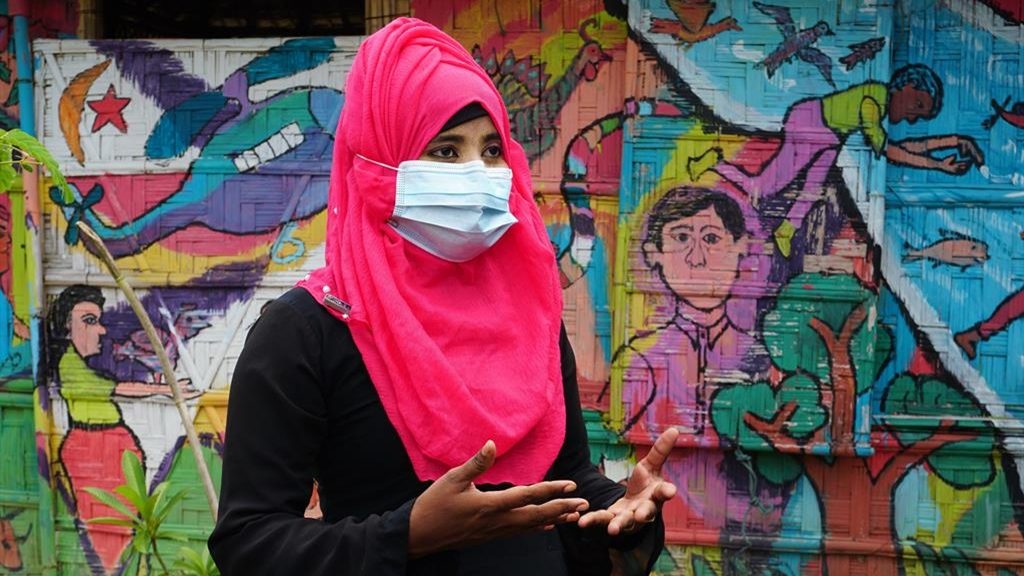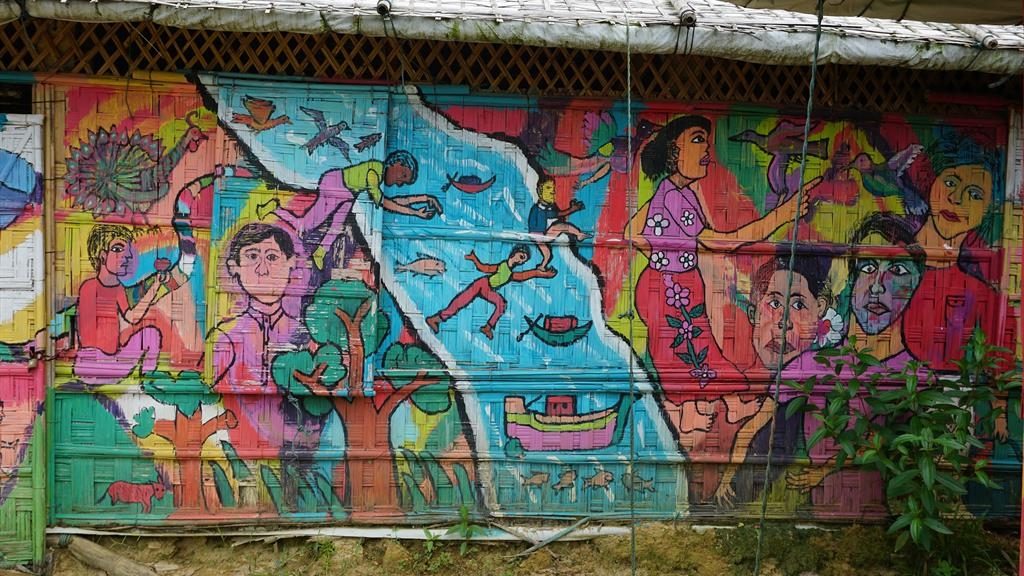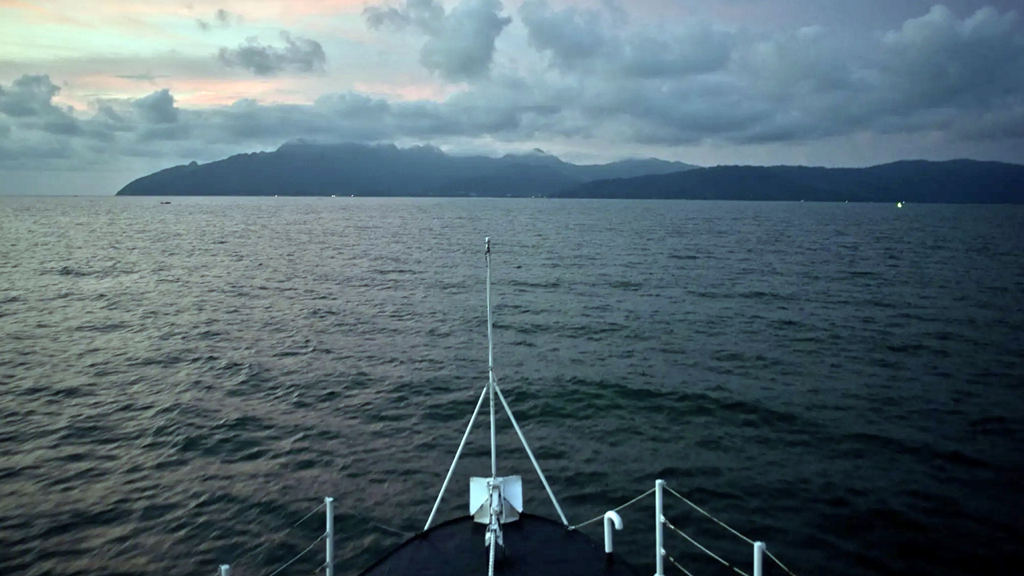
World Mental Health Day – Addressing Mental Health in Emergencies
- 10/10/2020
- 0
By WHO
The onset of meaningful community self-help and social support for the Rohingya people
In spite of their tragic nature and adverse effects on mental health, emergencies are also an opportunity to build better mental health systems as they are instrumental to the overall well-being, functioning and resilience of individuals and their communities, to help them recover from crisis.
WHO is the leading agency in providing technical advice on mental health in emergency situations. For an effective response to emergencies, WHO endorsed interagency mental health and psychosocial support guidelines recommending services at different levels which include psychological first aid, basic clinical mental health care, psychological interventions, protection and promotion of rights and, finally, community self-help and social support.
In August 2017 as the plight of the Rohingya people became known to the world, humanitarian assistance arrived from all parts of the world in various ways. Max Frieder, the co-founder and co-executive director of Artolution, a non-profit international organization that brings community-based public arts education to crisis-affected populations, arrived in Cox’s Bazar certain that he would find in the refugee camps skilled artists to jointly develop a meaningful project. He was the pioneer of community self-help and social support in the Rohingya camps.
“We deliver long-term public art education programs to the world’s most vulnerable children and families led by local teaching artists in refugee camps. Our Rohingya Artolution team has created scalable solutions to delivering community resilience building and psychosocial development programs for the first time in the history of the Rohingya culture”, explains Max Frieder.
A community-based model project, in Cox’s Bazar Artolution started off with children and adolescents telling their own stories – some of which narratives of traumatic experiences – through drawing and painting. By brushing away bad memories and adding new shades of colours to their lives they were able to find a voice.
“After my father’s death and my husband’s disappearance, I fled to Bangladesh with my mother, sister and younger brother. I couldn’t talk for 9 months. I knew I was alive but deep inside I wasn’t anymore. This community of artists has helped me finding a purpose. We Rohingya do not have a powerful voice but are starting to tell our story to the world”, says Dildar Akter.

Co-chaired by WHO, the IASC Reference Group on Mental health and Psychosocial Support in Emergency Settings provides advice and support to organizations working in emergencies. In the aftermath of a crisis, one person in five (22%) is estimated to have depression, anxiety, post-traumatic stress disorder, bipolar disorder or schizophrenia. The psychosocial and social impacts of emergencies may be acute in the short term, but they can also undermine the long-term mental health and psychosocial well-being of the affected populations.
Dildar is one of 20 artists currently working in the refugee camps in Cox’s Bazar. Together with over 3000 volunteers, including children and adolescents, they painted a 120 meter wall across the camps, the largest mural in Rohingya history. With their spirit of resilience coming to life through art, the Rohingya artists are also making sure that those who cannot read will understand and relate to the health and well-being messages.

“From the day I joined this project my life has changed. I have since been working in 20 women friendly spaces where I try to help other women overcome the trauma. It is a female-led 5-days project where women engage with mental health volunteers and other survivors. We are empowering each other”, tells Dildar.
“Recently I experienced COVID-19 symptoms but tested negative. I decided to stay home, in self-quarantine, painting about COVID-19 prevention measures was my therapy. I am also engaging caregivers and parents to teach their children to express themselves through drawing and painting”, she adds.

As a child, Boshir Ullas didn’t have many chances of developing his artistic skills but as a self-learner he has mastered the mandolin and is a skilled painter. In Cox’s Bazar, his talent was first noticed at the Teknaf Upazila Hospital where he was recovering from serious wounds in 2017.
“At the hospital, I was playing with kids and teaching them to draw. Ever since I came to Cox’s Bazar, Art has been my medicine. Sometimes I still feel pain, including physical pain, but art is always on my mind”, tells Boshir Ullas.


Uncle, nephew we all came to Bangladesh
Because we don’t have a place in our country
Uncle, nephew we found food in Bangladesh
We have lost our country, we can’t return
Brothers fighting each other, there is no peace
We don’t know when we will return to Arkan
This year’s World Mental Health Day, on 10 October, comes at a time when our daily lives have changed considerably as a result of the COVID-19 pandemic. Given past experiences in emergencies, it is expected that the need for mental health and psychosocial support will substantially increase in the coming months and years. Investment in mental health programmes at local, national and international levels is now more important than it has ever been.






